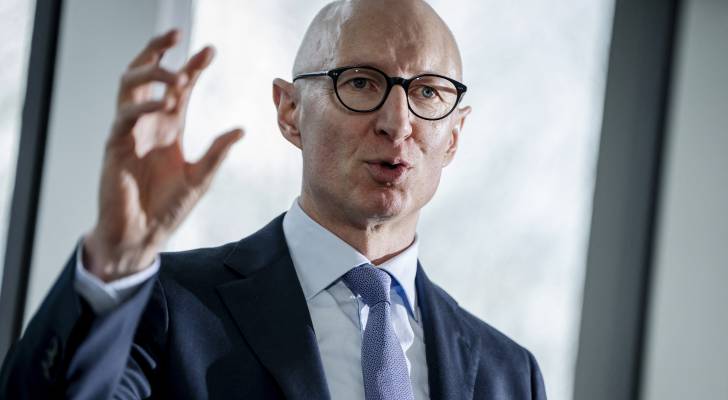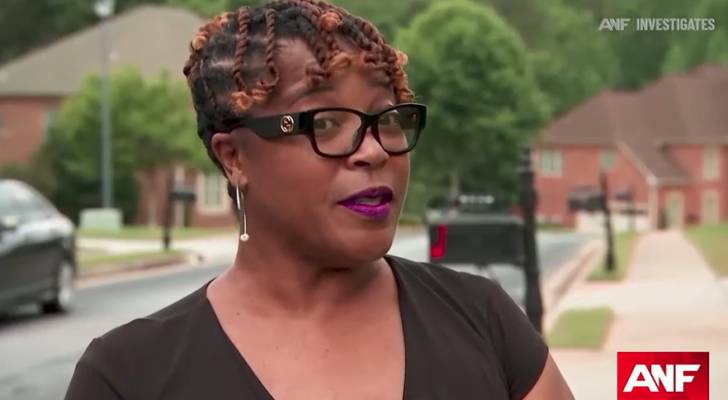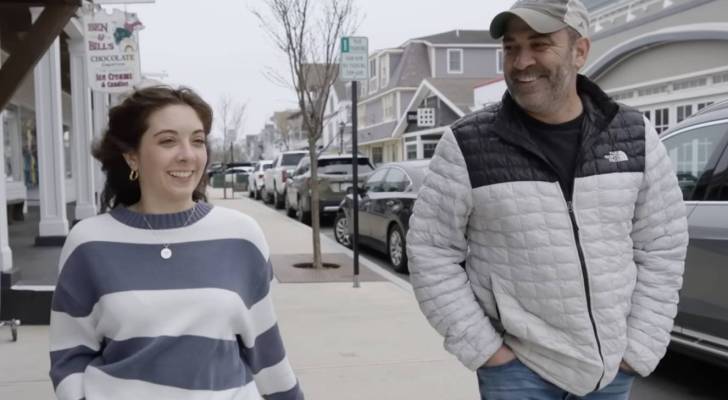‘It was a calculated attack’: This Chicago man won a whopping $800,000 in sports bets at Midwest casinos — but they refuse to pay. 3 ways to make sure you cash in on big wins


Thomas McPeek didn’t just stumble into a lucky streak — he studied for it. The 24-year-old from Chicago spent last year diving into the world of sports betting, placing dozens of complex, high-risk wagers on football — called parlays — based on odds he believed he could beat. “It was a calculated attack where I […]
‘Please take me to small-claims court’: This St. Louis man’s credit score plunged from 815 to 630 after his landlord sent a $4,500 rent dispute to collections — here’s how he fought back


When St. Louis resident David Murray moved out of his apartment two months early, he thought he had done everything right — giving proper notice and settling his lease. Then came the shock: a $4,500 bill for two months’ rent plus penalties. Murray was sure it had to be a mistake, but when his pristine […]
‘There’s a huge percentage of the US population that isn’t getting access to these medications’: Novo Nordisk makes game-changing $2 billion deal for new obesity drug


Danish pharmaceutical company Novo Nordisk — best known for its blockbuster weight-loss drugs Ozempic and Wegovy — has signed a $2 billion deal to acquire the global rights to an experimental obesity treatment from China’s United Bio-Technology (Hengqin) Co. The March 24 agreement includes milestone payments of up to $1.8 billion, plus tiered royalties. Don’t […]
‘It doesn’t make any sense’: Georgia homeowners facing foreclosure demand answers from HOA after decades of unexplained fines — with no receipts to prove where their money is going


Homeowners in Channing Cove, a subdivision in Conyers, Georgia, are pushing back — demanding answers about where their mandatory HOA fees are going. Michelle Bernard has lived in the neighborhood for nearly two decades, but says she still feels like she’s fighting to own her home. The business owner, wife and mother is one of […]
This ‘normal’ 23-year-old survives in Martha’s Vineyard on an $85,000 salary — while still saving $18,000. Here’s how she gets by in a vacation town for millionaires


Martha’s Vineyard may be best known as a summer escape — coffee shops with handwritten menus, boutiques selling $80 sun hats, summer romances and lobster rolls treated like currency. But for 23-year-old Tyla Packish, it’s not a vacation destination, it’s home. She lives year-round in Oak Bluffs, her hometown on Martha’s Vineyard in Massachusetts. Don’t […]
Fraudsters are using a $20 ‘distraction’ scam to steal thousands of dollars from victims — nearly $5,000 drained from 1 LA teacher’s bank account. Here’s how the ‘huge violation’ went down


It’s not every day a stranger insists on handing you a $20 bill you didn’t drop. But for Sarah — whose last name has been withheld, as reported by Fox LA — that’s exactly what happened on an ordinary Wednesday afternoon at a Ralphs grocery store in Van Nuys. "He came much closer to me […]
This 30-year-old from NYC says every job has an ‘expiration date’ — here’s how she used that mindset to scale the corporate ladder and double her income from $72K to $186K in just 4 years
Cinneah El Amin didn’t just climb the corporate ladder, she scaled it with a toolkit in one hand and a strategy in the other. The 30-year-old product manager — and founder of the financial and career education platform Flynanced — managed to more than double her salary in just four years, jumping from $72,000 in […]
Elon Musk, father of 14, warns America needs more babies — and that ‘civilization will disappear’ unless birth rates improve. But DOGE just cut billions for maternal healthcare. What gives?


It’s the last thing maternal advocates want to hear, but Senior Advisor to the President Elon Musk — the father of 14 — has repeatedly warned that declining birth rates around the world threaten civilization. Yet under Musk’s Department of Government Efficiency (DOGE), billions in funding for maternal health care, research and community support programs […]
‘Trump lit the match and burned the house down’: Market chaos has fueled the rise of ‘finfluencers’ — here’s what you must keep in mind to avoid seeing your wealth go up in flames too
Influencers are no longer just shaping Americans’ shopping habits and fashion choices — they’re also playing a role in how people manage their money. And one type of influencer has become particularly popular: the “finfluencer.” Short for "financial influencer," these creators break down complicated topics like investing, budgeting and wealth-building in everyday language — offering […]
This finance personality freed herself from $300K in debt — by replacing her shame with strategy. Here’s how she helps others find purpose in their finances through ‘curiosity’
You might recognize her as @TheBudgetnista on TikTok, sharing money wisdom with warmth and wit. But Tiffany Aliche’s impact goes far beyond viral videos. Before the books, the interviews and the online following, she was on the ground teaching women, particularly women of color, how to navigate financial systems not built with them in mind. […]